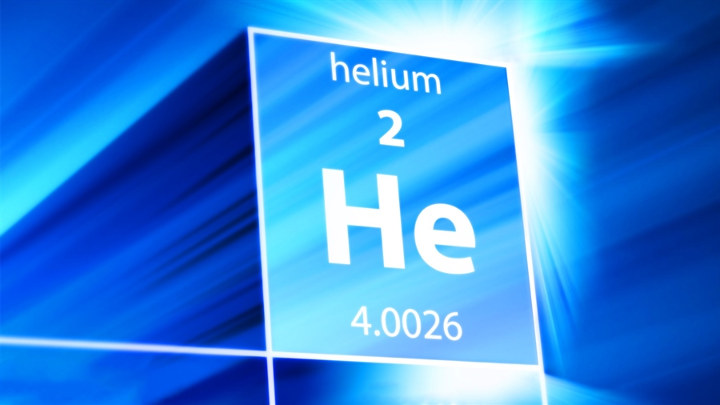Arm has just unveiled Armv8.1-M architecture that adds Arm Helium technology, the M-Profile Vector Extension (MVE) for the Arm Cortex-M cores that will improve the compute performance of Cortex-M based microcontrollers.
Helium will deliver up to 15 times more machine learning (ML) performance and up to 5 times uplift to signal processing allowing local decision-making on low-power embedded devices.
Helium instructions will enable new applications for Arm Cortex-M microcontrollers in audio devices, sensor hubs, keyword spotting, voice command control, power electronics, communications and still image processing.
Helium and Neon (the Advanced SIMD technology for Arm Cortex-A processors) are similarities but Helium has been designed for efficient signal processing performance in small processors.
One different illustrated below is that while NEON loads 128-bit instructions (e.g. VLDR, VLMA), Helium will split up 128bit wide instruction into four equally sized chunks, called “beats” (labelled A to D) due to difference between Cortex-M and Cortex-A cores as explained in details in an Arm Research blog post.
Other highlights of the new Armv8.1-M architecture features include:
- Additional instruction set enhancements for loops and branches (Low Overhead Branch Extension)
- Instructions providing half precision floating-point support
- Instruction improving state management of the Floating Point Unit (FPU)
- Enhancements to debug including:
- Performance Monitoring Unit (PMU)
- Unprivileged Debug Extension
- Debug support for MVE
- Reliability, Availability and Serviceability (RAS) extension
You’ll find more details in Helium’s page, as well as in the Armv8-M Architecture Reference Manual Documentation (PDF).

Jean-Luc started CNX Software in 2010 as a part-time endeavor, before quitting his job as a software engineering manager, and starting to write daily news, and reviews full time later in 2011.
Support CNX Software! Donate via cryptocurrencies, become a Patron on Patreon, or purchase goods on Amazon or Aliexpress






